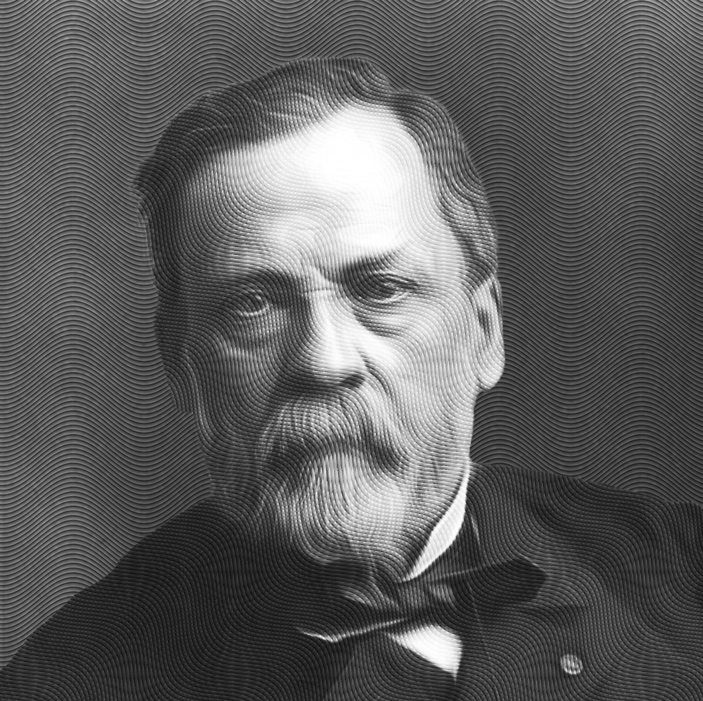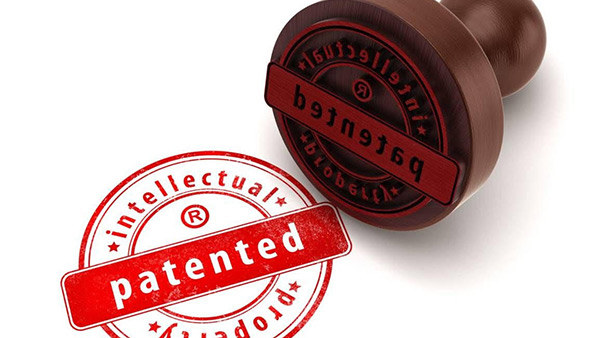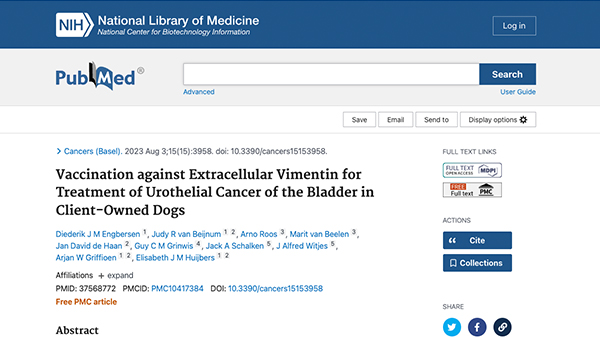What we do
CimCure is an international biotech company that develops cancer vaccines which directly target and destroy the tumour’s network of blood vessels so that the cancer stops growing and eventually disappears. Through its proprietary Immune-Boost (iBoost) technology, a foreign protein is fused to a protein found on the blood vessels going to the tumour, which, when injected into a patient, leads the body to produce antibodies which attack and destroy the tumour’s blood vessels. This unique process has been shown to effectively treat cancer and it does not create resistance to the therapy.
A brief history
CimCure was founded in 2016 as a spin-off from Prof. Arjan Griffioen’s Angiogenesis Laboratory at Amsterdam UMC, supported by the medical centre’s TTO Innovation Exchange Amsterdam. The company is led by Chief Scientific Officer, Arjan Griffioen, CEO, Diederik Engbersen, who both have extensive experience in the biotech industry. They started CimCure to design and develop a novel class of active cancer vaccines against all types of solid tumours at all stages.
The first financial means to start building the CimCure portfolio were provided in 2016 by the Dutch government and Amsterdam UMC in the form of proof-of-concept grants and pre-seed loans. With this financial input, the first product, CVx1, was tested in preclinical studies as well as in an efficacy study in client-owned dogs. The seed investment in CimCure was secured in July 2022, when a group of investors, led by Positron Ventures, ensured the financial means to test CimCure’s lead product in a phase 1 clinical study in patients.
CimCure has been housed at the Amsterdam UMC campus since 2016, where a fully equipped laboratory, and office spaces, were provided. In late autumn 2023 CimCure moved its HQ to a new location at the Health & Innovation District in Amsterdam.
An Illustrated guide to vaccination
The WHO states: ‘For centuries, humans have looked for ways to protect each other against deadly diseases. From experiments and taking chances to a global vaccine roll-out in the midst of an unprecedented pandemic, immunization has a long history.
Vaccine research can raise challenging ethical questions, but vaccines have saved more human lives than any other medical invention in history.’
The most significant steps in the history of vaccination were achieved by the following four:





CimCure’s iBoost technology patent granted
Amsterdam, November 2023
Cimcure’s patent application on the iBoost technology has now been granted in both the US and in Europe.


Publication of safety and efficacy study in dogs with bladder cancer
Amsterdam – August, 2023
It was recently shown that targeting extracellular vimentin (eVim) is safe and effective in preclinical models. Here, we report the safety and efficacy in client-owned dogs with spontaneous bladder cancer of CVx1, an iBoost technology-based vaccine targeting eVim in combination with COX-2 inhibition. Read more
Jobs
We are looking for talented researchers with expertise in immunology and cancer on a continuous basis.
Interested, please contact us via:
Mail: info@cimcure.com | Phone: 0031 646 336 338





